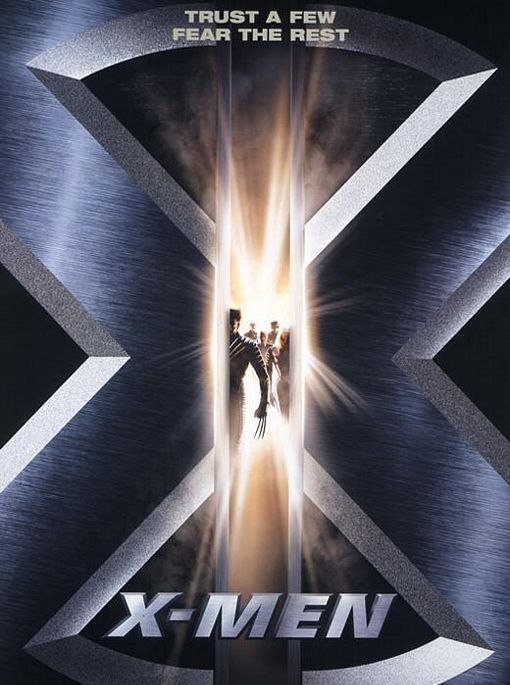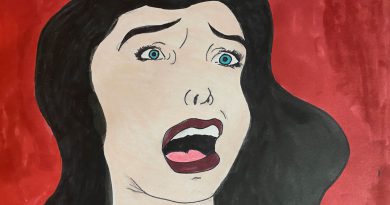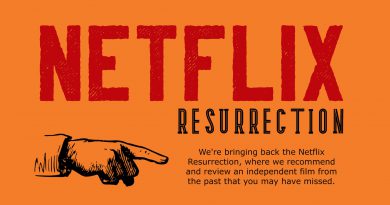Comic Book Films Are The New Westerns

Westerns were prominent in the 1940s through the 1960s. Set in the late 19th century, they usually focused on the life of cowboys, outlaws and settlers. They told the stories of grizzled men navigating a lawless society trying to find good. These characters were portrayed as flawed but well-intentioned men like Charles Bronson’s character in Once Upon a Time in the West.
Superhero movies have been a thing since the late 1980s with Tim Burton’s Batman kickstarting the modern superhero trend. After dips in quality, the early 2000s saw Bryan Singer’s X-Men usher in the comic book film renaissance that continues to this day.
What do these two seemingly different genres have anything to do with each other?
In a strange way, they both represent the climate of their respective eras and both seem to resonate with large audiences for different reasons.
Take the 1953 western Shane for example. The film tells the story of the titular gunslinger Shane, a mysterious man who takes it upon himself to defend a small town from a ruthless baron. This can easily be compared to Batman’s plight to defend Gotham from evil.
A stretch? Maybe, but it also brings the point from earlier.
From a historical standpoint, the 1940s through the 1960s were a serious and impactful time for Americans. The rise of communism saw a fear in the decline of American values. So, Hollywood took it upon themselves to motivate the American people to remain patriotic through film.
Strong American men were the heroes, and John Wayne represented American ideals and was the most famous and recognizable face in American culture.
Similar to westerns, superhero movies use their popularity and mass appeal to represent the current status of their era.
The X-Men movies can easily symbolize the racial tensions throughout the country with mutants symbolizing minorities and their extreme struggles.
As we see more and more issues in our own homeland, comic book films continue to represent that. Christopher Nolan’s The Dark Knight touched upon mass government surveillance, Captain America: Civil War dealt with civil liberties and countless Avenger films have dealt with themes of terrorism.
If there’s any more proof needed to say that westerns and comic book films are similar, James Mangold’s (who directed the western remake, 3:10 to Yuma) Logan borrows both thematically and visually from classic westerns. It evens goes as far as using a scene from the 1972 classic The Cowboys.




